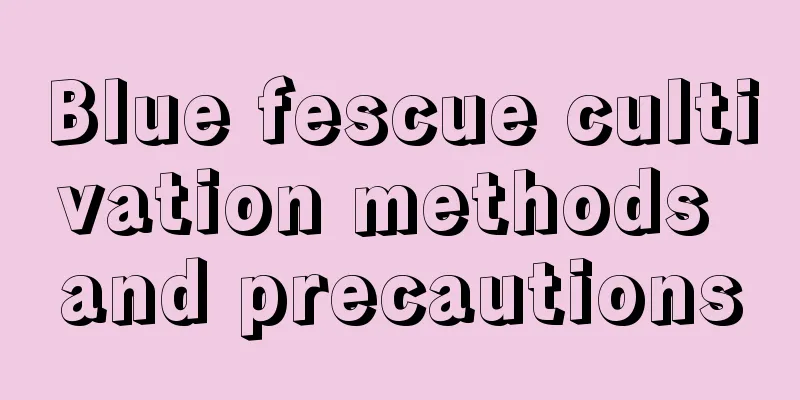Four-season Begonia cutting method and time Potted Begonia cutting skills

|
Begonia is a plant of the Begoniaceae family. It has glossy green leaves and bright red flowers. It is a very easy-to-grow flower plant with a very long flowering period. With normal maintenance, it can easily bloom all year round. Begonia is often propagated by cuttings, which has a high survival rate and quick results. It can bloom once the cuttings take root and survive. 1. Cutting time Begonia can be propagated by cuttings in all seasons. As long as the ambient temperature is above 0℃, the cuttings can basically survive. However, when the ambient temperature is above 10℃, the rooting speed will be faster. When the ambient temperature is around 20℃, the rooting speed is the fastest, and it usually takes about a week to take root and survive. 2. Cutting steps Branch selection: Both new and old branches of Begonia can take root and survive when propagated by cuttings, but older branches are more robust and will bloom soon after surviving. Generally, branches that have bloomed can be chosen for cuttings. Substrate selection: The choice of substrate for Begonia cuttings is also quite arbitrary. Even ordinary garden soil can allow the cuttings to survive, but the later maintenance is more troublesome. The best cutting substrate is a loose substrate such as river sand, vermiculite, and perlite. Later transplantation and maintenance management will be less troublesome. Disinfection: The substrate and branches of Begonia need to be disinfected. You can choose carbendazim or potassium permanganate, prepare a 0.1% solution, soak the branches for 3-5 minutes, then use the disinfection solution for soaking the branches to disinfect the cutting substrate by pouring. After disinfection, insert the branches into the soil. 3. Maintenance After Begonia is cut, it should be given bright scattered light and a good ventilation environment, and the cutting medium should be kept moist without water accumulation. When the ambient temperature is around 20℃, it will generally take root and survive in about a week. |
<<: Cutting methods and precautions for Guanyin Lotus Cutting propagation diagram
Recommend
Complete care methods for Begonia during its dormancy period!
Fertilizer and water management Begonias usually ...
How to propagate bromeliads
sowing The seeds of bromeliad need to be artifici...
How to fertilize Yalezhiwu
Fertilizer application tips Amount of fertilizer ...
Walk among flowers often and live to be 99!
The fragrance of flowers is good for human health...
Where is the best place to plant Acanthopanax senticosus?
Acanthopanax senticosus planting conditions Acant...
Does spinach prefer shade or sun?
Does spinach prefer shade or sun? Spinach, also k...
The difference between Ephedra sinica and Equisetum arvense
1. Difference between stems The woody stems of Ep...
Four seasons maintenance method of fairy finger
Spring maintenance of fairy finger Spring is the ...
When is the best time to plant chive seeds?
Chives have strong adaptability to the environmen...
Which month is the best time to prune osmanthus?
Osmanthus is one of the ten traditional famous fl...
Cyclamen pest control, there are several diseases
1. Common diseases 1. Botrytis cinerea: If you wa...
The cultivation methods and precautions of milkweed
Temperature requirements Although it likes to gro...
How to graft Erqiao peony
Scarfing This method allows you to use peony as t...
Can leftover beer be used to water flowers? What flowers should be watered?
Can leftover beer be used to water flowers? Lefto...
Uncle Li turned his balcony into a "small garden". I'm so envious. I want to make one when I get home!
I wonder how everyone’s balcony is decorated. The...









